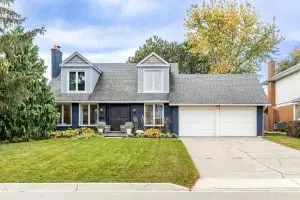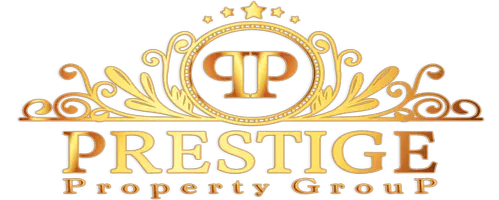Maryland is Struggling in Affordability and Homebuilding: Can Gov. Moore Speed Up Progress?
Maryland’s housing market has long been defined by high demand and tight supply—and the latest Realtor.com® State-by-State Housing Report Card confirms the state has work to do.
Part of the Let America Build campaign, the report gave Maryland a C for affordability and homebuilding, signaling a market under pressure but with room to improve.
But the same can be said of most of the country, to be sure. President Donald Trump recently put pressure on large homebuilders to increase construction nationwide. In a post on his Truth Social platform in early October, he accused major builders of hoarding lots to prop up prices, likening them to OPEC, which restricts oil output to maintain high prices.
“They’re my friends ... but now, they can get Financing, and they have to start building Homes. They’re sitting on 2 Million empty lots, A RECORD,” Trump wrote. He urged Fannie Mae and Freddie Mac to intervene and “get Big Homebuilders going” to “restore the American Dream.”
In the meantime, here's how Maryland's own government is hoping to fix its housing problems.
A middle-of-the-pack market
Maryland earned a total score of 55.1, placing it in the middle of the national rankings.
The state’s median list price for new homes of $416,558 is well above the national average, while the median household income of $97,364 offers some cushion—but not enough to offset high borrowing costs and scarce inventory. The Realtor® Affordability Score came in at 0.81, signaling that many homes remain out of reach for middle-income households.
On the building front, Maryland accounted for just 1.2% of the nation’s new-housing permits in 2024, despite representing nearly 2% of the U.S. population. That gives it a permit-to-population ratio below 1, showing that new construction is lagging behind population growth.
Compounding the issue, the new-construction premium—the price gap between new and existing homes—sits at 50.9%, one of the highest in the region. Together, these factors point to a shortage of attainable new homes for working families.
How Maryland fits into the regional picture
In the latest Realtor.com New Construction Insights report, analysts found that new builds nationwide are providing a rare affordability edge. The median list price for new homes was $450,797, virtually unchanged year over year, while resale home prices rose 2.4%. That combination shrank the national new-construction premium to 7.8%, the lowest in the dataset’s history.
But Maryland hasn’t shared in that improvement. Builders face high land costs, lengthy local approval processes, and limited available sites—challenges that have kept the state’s production far below that of its Southern neighbors. The South and Midwest dominate the top of the national rankings thanks to ample land and faster permitting.
Meanwhile, states in the Northeast and mid-Atlantic, including Maryland, continue to struggle with zoning and regulatory constraints that make it harder to bring new homes to market.
“America is short more than 4.7 million homes, and every new home built helps close that gap while fueling local economies," says Shannon McGahn, executive vice president and chief advocacy officer at the National Association of Realtors®.
"NAR research shows that the U.S. has faced a persistent housing shortage for more than a decade, driving up prices and limiting options for buyers. Expanding housing supply creates jobs, supports small businesses, and affords families the opportunity to build generational wealth.”
Gov. Moore’s plan to build faster
But Maryland is headed toward improving its standing, as Gov. Wes Moore has committed to addressing those constraints head-on.
“Since day one, the Moore-Miller Administration has made clear its commitment to making Maryland more affordable and creating new pathways to prosperity for all Marylanders,” the governor's office told Realtor.com.
Among the “historic actions” to address affordable housing production was the signing of the Housing Starts Here executive order. The order directs agencies to identify state-owned properties suitable for development near transit as well as reduced permitting timelines to help developers navigate approvals.
“We need to move faster to build new homes, move faster to make housing more affordable, and move faster to create a market that works for all Marylanders,” Moore said at the order’s signing.
Moore’s order also requires local jurisdictions to set housing production targets for every county and municipality by early 2026, creating accountability for new supply.
“By increasing supply and being intentional about building near transit and job centers, we will continue to tackle housing affordability, make Maryland’s economy competitive again, and retain our workforce in the state,” his office added.
A path forward
The National Association of Home Builders’ Blueprint To Address the Housing Affordability Crisis outlines similar strategies to those now underway in Maryland—streamlining regulations, expanding financing options, and modernizing building codes to lower costs. The plan calls for removing barriers “that hinder the construction of new homes and apartments,” a theme that mirrors Maryland’s new push for efficiency and innovation.
Maryland’s midtier grade reflects a state in transition: one that recognizes its housing challenges and is beginning to tackle them at the policy level. If Moore’s reforms deliver on their promise, the state could start climbing the ranks and move toward a more balanced market that finally meets the needs of its growing population.
Categories
Recent Posts










GET MORE INFORMATION

